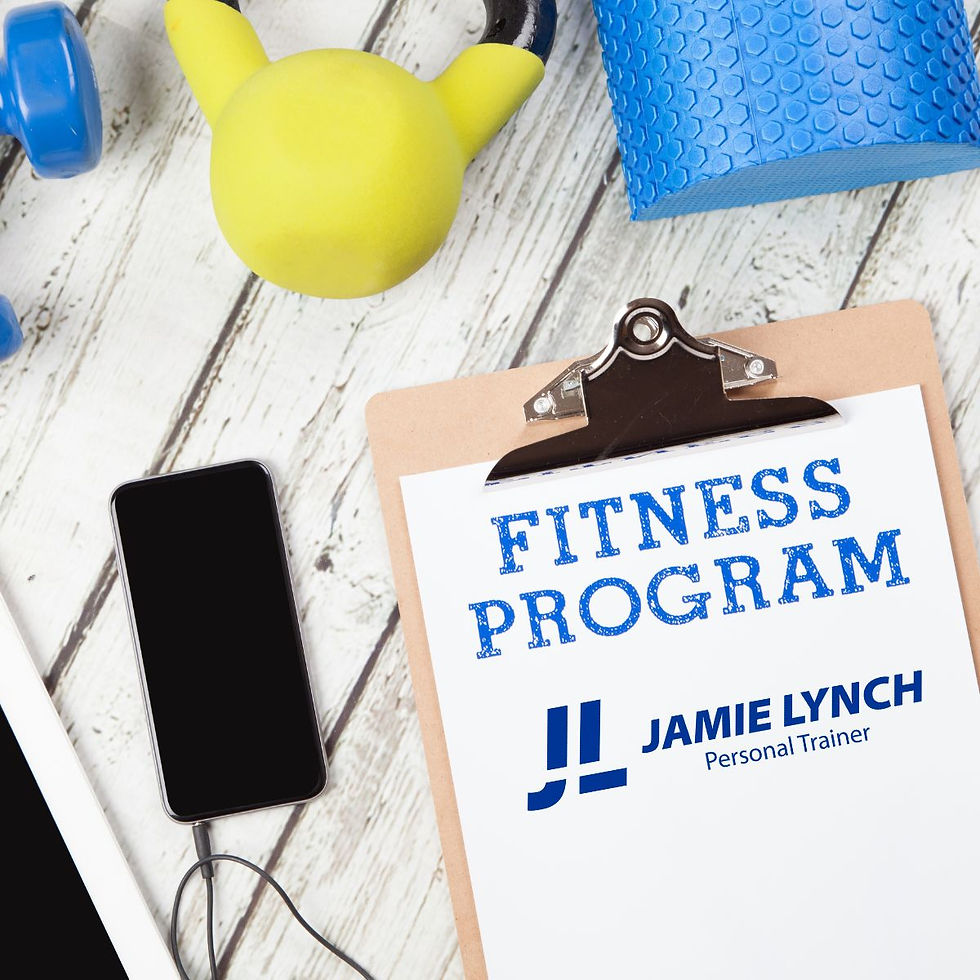Cardio Doesn’t Have to Be a Sufferfest: Why Enjoyment is the Key to Long-Term Fitness
- Jamie Lynch
- May 13
- 2 min read

If the word “cardio” makes you picture gasping on a treadmill or reliving your high school beep test trauma... you're not alone.
Many people avoid cardio because they associate it with suffering. But here’s the good news: cardio doesn’t need to be painful to be effective. In fact, it should be enjoyable — because that’s how you’ll stick with it.
✅ Science Says: Enjoyment = Consistency = Results
A 2015 study published in the International Journal of Behavioural Nutrition and Physical Activity found that enjoyment is a significant predictor of exercise adherence. People who enjoyed their workouts were far more likely to keep showing up — long after motivation or willpower faded.
Another study in the Journal of Sport & Exercise Psychology (2018) found that when people did exercise they perceived as fun, they were more likely to repeat it, even without external incentives.
Translation? If you hate it, you’ll ditch it. If you enjoy it, you’ll keep moving — and that’s where the magic happens.
🧠 Enjoyable Cardio Isn’t Lazy — It’s Smart
Cardio doesn’t have to mean sprint intervals or pushing to the edge of your VO₂ max. For many of us — especially those restarting after time away — moderate, sustainable effort is the key.
Walking, dancing, cycling, hiking, rowing, and swimming — all of these count as cardio. The trick is to find what raises your heart rate and puts a smile on your face.
If the only way you’ll do cardio is by walking your dog to your favorite coffee shop while listening to a podcast, guess what? That’s perfect. ☕🐶🎧
💬“But isn’t harder always better?”
Not necessarily. While high-intensity training can be great in small doses, moderate-intensity cardio is often more sustainable and carries huge benefits — including heart health, reduced risk of chronic disease, improved mood, and better recovery.
Plus, moderate-intensity aerobic exercise has been shown to reduce symptoms of anxiety and depression, according to the American Psychological Association.
🎯 Here’s What I Recommend:
Start small and easy. A 20-minute walk is a great way to start.
Make it social. Grab a friend, join a walking group,
Keep it fun. No one said your cardio can’t include your favorite playlist and a few questionable dance moves.
👟 Bottom Line
If cardio feels like punishment, you won’t do it. If it feels like something you choose — something that fits your life and makes you feel better — you'll build consistency. And consistency beats intensity every single time.
So no, cardio doesn’t have to leave you dripping in sweat and gasping for air. Sometimes, it can just be a walk in the park.
Literally.




Comments